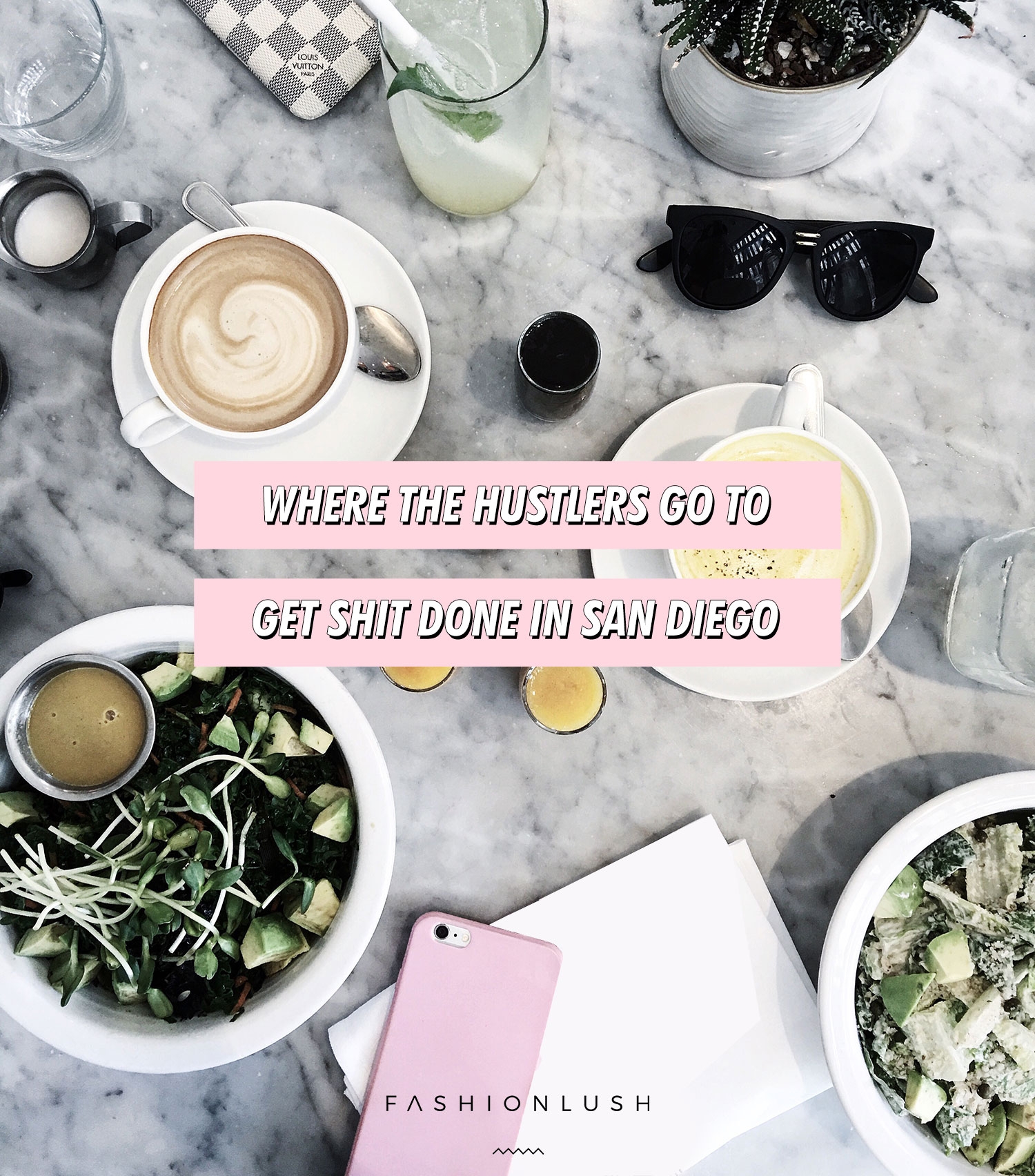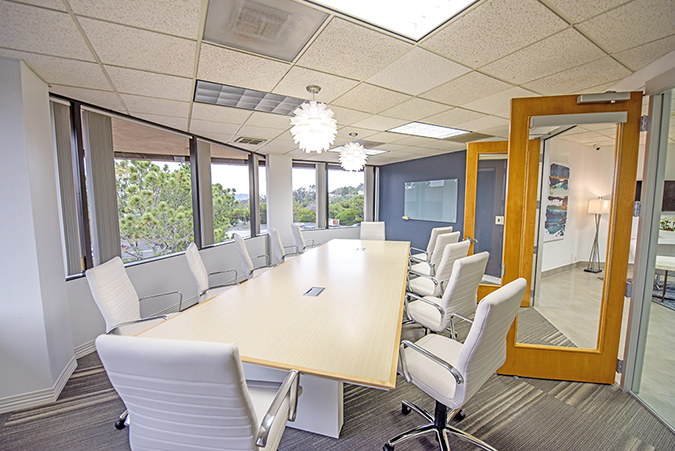
And many of them didn’t want to live in the more affordable outer suburbs.

How did you become interested in developing affordable housing for artists in San Diego?Īrtist friends were literally ousted from their studios downtown when development began approximately five years ago. … At our (recent) evening public meeting we had well over 125 attendees. And myself, an artist concerned about downtown becoming sterile, lacking in a lively arts and culture district.Įarlier this year our core group joined with the North Park and El Cajon Boulevard Business Improvement/Arts Districts who are also interested in affordable artist and arts organization space.Īnd at the Artspace Presentation last week other groups from around the county expressed their interest - clearly indicative of the need in many San Diego County communities - so we may come up with an “umbrella name” for an affordable artist space network in San Diego County. Three of us formed a core group - Mario Torero, one of the original Chicano Park artists, who has been promoting the concept of Barrio Logan as a Latino arts district and Naomi Nussbaum, one of the founders of Synergy, who realized that artists were leaving San Diego because they couldn’t afford space here. Artspace, a national not-for-profit real estate developer - Artspace was the one organization which has had expert experience doing large projects of this nature. My role has been to focus on permanent, affordable artist live/work space, researching how other cities have dealt with this issue. Who’s part of your effort and what’s your role? She shared some thoughts with us this week via e-mail. Informed by the popular work of researcher Richard Florida at the University of Toronto, Nickel and her partners hope to ratchet up the dialogue in San Diego about its “creative class.” They’re betting the city would prefer its creative types stay close-by. They’re called BL/Eve, a play on the Barrio Logan and East Village monikers, and are sponsored by the Synergy Art Foundation.

“Some artists enjoy working in isolation most of them don’t,” she said. So Nickel has teamed up with some artists and art-group organizers to launch an effort to develop affordable living space for artists in the city of San Diego. She’s seen that happen here, as shining condo towers and their associated development sprang up this decade downtown and in Little Italy and East Village, shooting up the cost of land and rents and homes for purchase. “It’s those kind of creative people that are the magnets to those areas, making them cool and hip, and then the cool and hip people can’t afford to stay there anymore,” she says. The creative pockets where artists live attract development and developers that raise the cost of living in that pocket, forcing artists out. The city has had a share of neighborhoods hit with New York City’s “SoHo Effect,” she says. Others, unhappy with the prospects of moving to the boonies, left the county entirely. It was too expensive for them to live in metropolitan San Diego and still create, so some moved to Valley Center, others to Vista. 20, 2008 | Cheryl Nickel, a sculptor and a landscape architect, has lost artist friends from the center of the city.


 0 kommentar(er)
0 kommentar(er)
